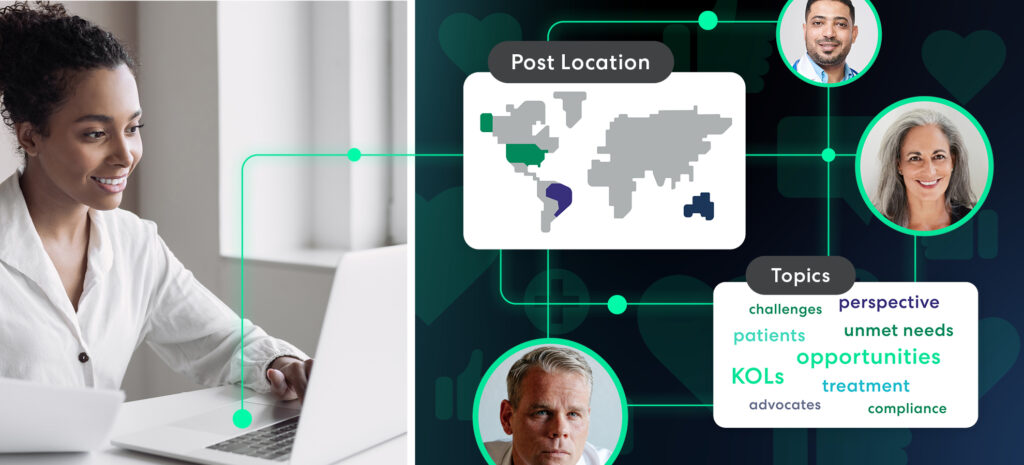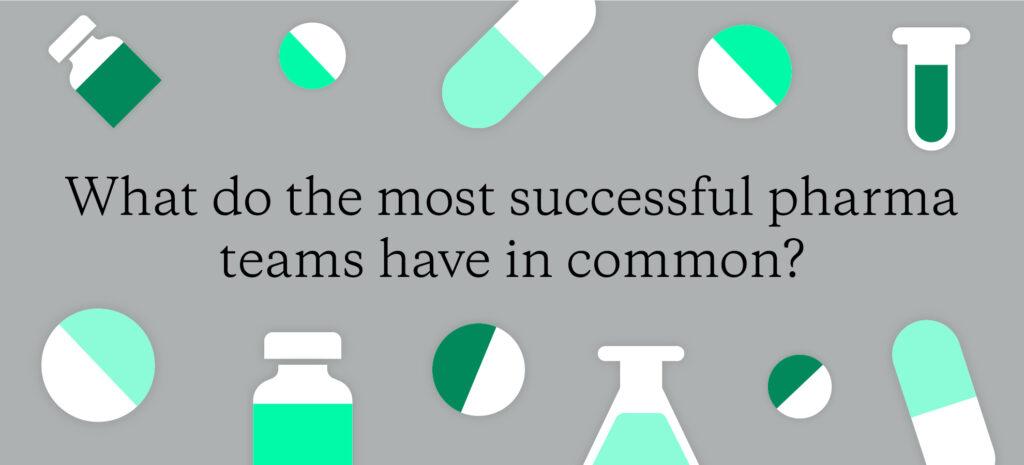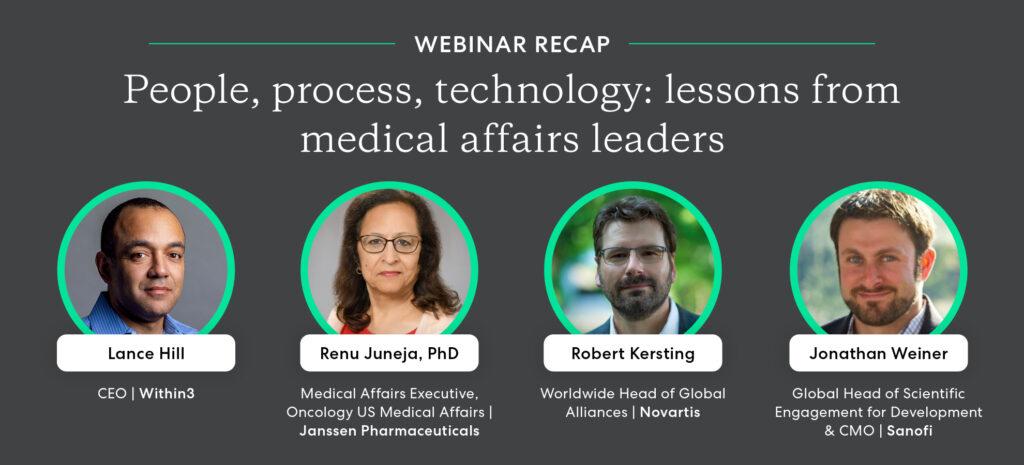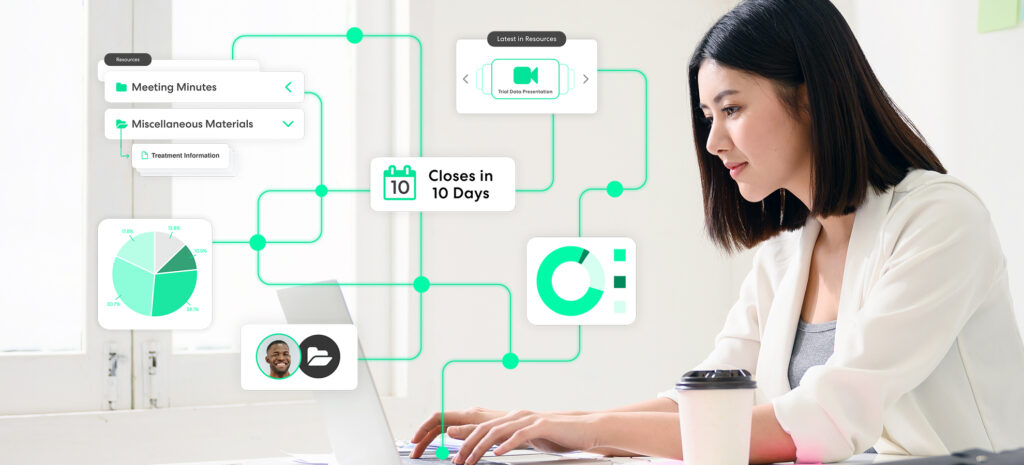Disease communities function like any other community. People make connections, have conversations and share their experiences, they air grievances and offer opinions. Today, many of these interactions occur in digital spaces – on social media, blogs, and news sites. Social listening allows life science organizations to listen in on these conversations, mining text for contextual references to a company, a drug or device, a condition, or a medical congress.
But did you know there are two different kinds of social monitoring? This article seeks to explore the differences between community monitoring and congress monitoring and to suggest when each approach offers the most benefit.
Some quick definitions
In this article, we’ll refer to both ‘social listening’ and ‘social monitors/monitoring’. Here are some quick definitions of the two terms to save confusion.
Social listening is technology. It uses artificial intelligence to scan social networks, blogs, news sites, and other sources for references contextual to your needs.
Social monitors have specific parameters that use this technology. For instance, you can set up community monitoring or congress monitoring.
Community monitoring vs congress monitoring
Community monitoring versus congress monitoring can be seen as the difference between broad versus narrow social listening:
Community monitors can span an entire year, and monitor the activities of your bespoke disease community. You can determine which KOLs are active online, learn who the key influencers are, and see what people are talking about and when. Community monitoring gives you a broad overview of your disease community – you can get regular reports designed to help you understand how different stakeholders interact, who does the most talking, and who is most talked about.
Congress monitors are a more specific form of social listening. They’re targeted to a particular medical congress and run for the duration of that congress. You can get more frequent – even hourly – updates detailing any online chatter around the congress you’re monitoring. You’ll see how many people are talking about the event, what channels they’re posting on, and when. And you can track what’s being said to identify trends and sentiments.
Why congress monitoring?
You can conduct both community monitoring and congress monitoring. The former runs for a more extended period, whereas the latter might run for several weeks, depending on the congress you wish to monitor. It seems obvious to ask why you’d choose the latter when the former seems to offer more value – at least in terms of duration. The reality is more nuanced.
Medical congresses are of enormous strategic importance to pharma and medical device companies. Congress speaker sessions, one-to-one interactions, booths, and publications represent opportunities to network, bolster reputations, and gather insights to inform business strategy. But congresses are increasingly complex, multichannel events, often located in far-flung, unfamiliar cities. They’re valuable but chaotic. Extracting that value requires optimal congress planning – pre-congress, during the event itself, and post-congress.
Congress monitoring enables you to optimize your congress planning. Pre-congress, social listening – coupled with other technologies, including network analytics – can be used to identify potential KOLs who will attend, monitor breaking news ahead of the congress, and track competitor activity. During the congress, combining congress monitoring with agile virtual congress huddles allows teams to quickly and effectively review trends and key concepts, connect with colleagues who couldn’t attend in person, and share impressions from one-to-one engagements. Post-congress is an opportunity to refocus your social listening activities to track conversations around your brand and relevant disease communities, better understand KOLs’ top takeaways and look for evidence of digital opinion leaders’ strategic scientific voice.
Cutting through the noise
For community and congress monitoring, Within3 clients get to set the scope themselves – allowing them to define the information they want to listen out for and determine what they want to exclude. Users can filter by region, language, core and secondary search terms, organizations, competitors, clinical trials, and exclusions. Even with all of these parameters set, community monitoring offers a lot of information. Congress monitoring cuts through the noise, filtering out extraneous information that might conflict with congress activities to provide teams with the specific detail they’re looking for.
Whether you choose community monitoring or congress monitoring, social listening is a powerful tool poised to help your organization hear the voices of patients, experts, customers, and competitors. Find out how one leading pharmaceutical company used congress monitoring to uncover novel observations and inform their business strategy.






